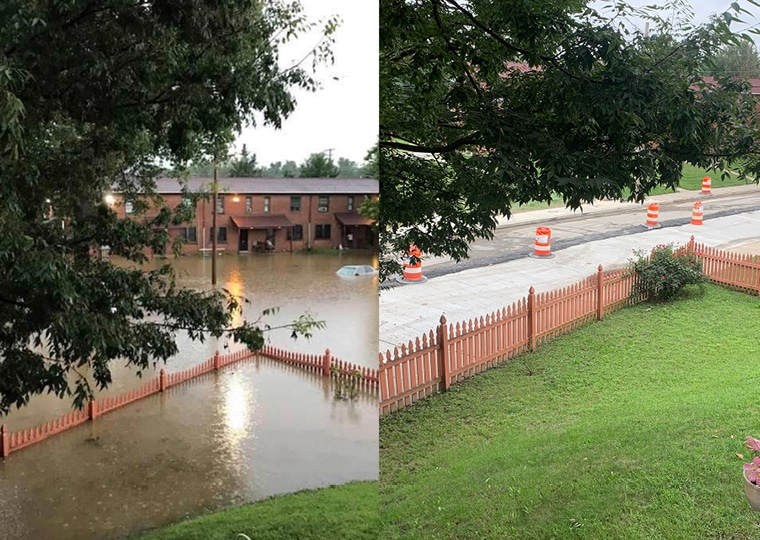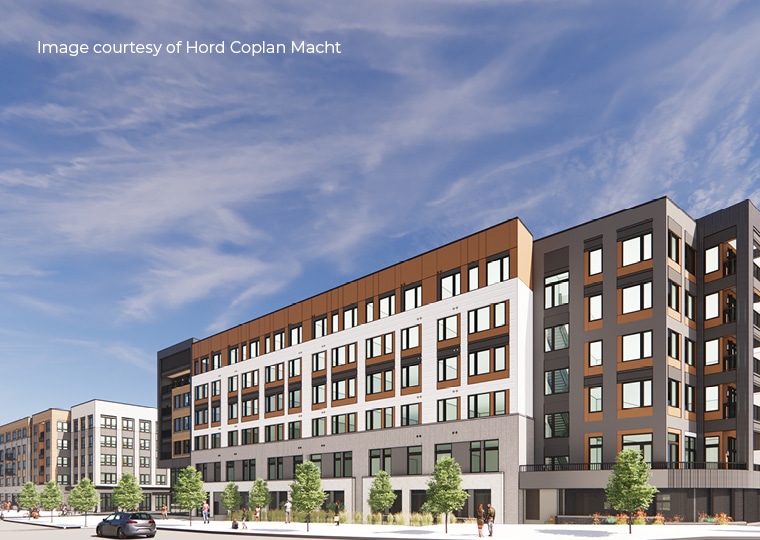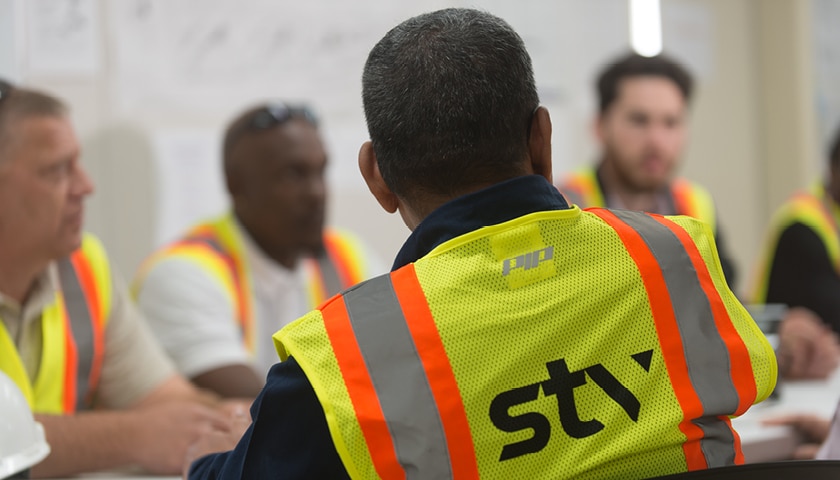
In major American cities like Baltimore, the need for equitable access to affordable housing has reached a fever pitch – especially in light of the COVID-19 pandemic, which further exposed a systemic lack of housing security for vulnerable families.
STV’s team of land development professionals in Maryland has decades of experience working alongside developers and other stakeholders to produce more equitable outcomes for residents and is currently performing a range of architectural and engineering design services for several high-profile housing development projects in the Greater Baltimore region.
“There’s clearly a need in Baltimore for more affordable housing,” said Addison Palmer, PLA, LEED AP, vice president and regional manager in Baltimore. “We have significant experience in providing professional services for affordable housing given our familiarity with the regulatory requirements as well as the review processes for these types of projects. These include ADA requirements for individual apartments, as well as requirements for local, state and federal funding. We’re well positioned to be able to help our clients navigate these processes.”
In a recent op-ed that was published in The Philadelphia Tribune, Baltimore Mayor Brandon Scott said, “Cities like Baltimore have been plagued by a long history of housing discrimination and a dearth of affordable housing… There’s no question that we need to fix our crumbling roads and bridges. But it is just as important to provide much-needed security for vulnerable families. We must focus on both.”
According to a Root Policy Research report entitled “2020 Analysis of Impediments to Fair Housing Choice in the Baltimore Region,” African American residents are more likely to be homeless and at-risk of homelessness, experience housing cost burden, live in publicly subsidized housing, be denied mortgage loans, and, as a consequence, rent, rather than own their homes.
“The mayor and others have recognized it,” Palmer said. “There’s been more of a push with the current administration in Baltimore in acknowledging that the gap between the haves and have-nots has grown over the past 20 years, and it has gotten worse during the pandemic.”
STV not only works with clients that are focused on developing more inclusive housing in Baltimore, but also performs design services that will help bring new services and amenities to underserved neighborhoods and communities. That includes several mixed-income developments within the city.
“Our clients are creating developments that mix low-income housing with middle-income housing and bring together people of different income levels,” said Sharon Huber-Plano, PLA, LEED AP BD+C, associate and senior landscape architect in our Baltimore office.
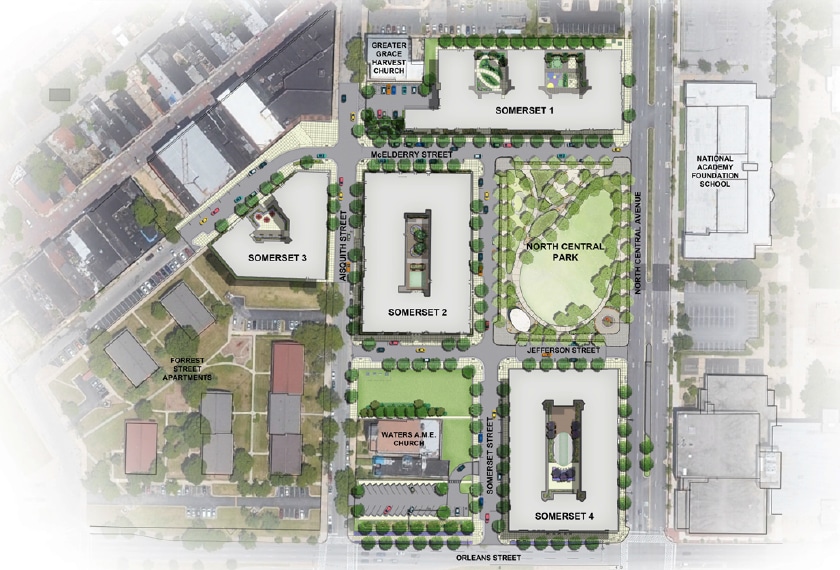
For example, at Somerset Homes, in the East Baltimore neighborhood, STV, on behalf of the Mission First Housing Development Corporation in partnership with local developer, Henson Development Company, is providing entitlements, civil engineering and landscape architecture services for four buildings and a 1.3-acre park near the Johns Hopkins Medical Campus. STV has also designed nearly $10 million of infrastructure improvements to support the redevelopment project, including new public streets, utilities and stormwater management treatment systems
The project is part of a larger $1 billion redevelopment known as the Perkins/Somerset/Oldtown (PSO) Transformation Plan. The Plan was made possible by a $30 million Choice Neighborhoods grant from the U.S. Department of Housing and Urban Development. The Transformation Plan will replace distressed public and assisted housing with high-quality, mixed-income housing that is well-managed and responsive to the needs of the surrounding neighborhood. Mayor Scott promoted the program as “the realization of our mutual goal: providing quality affordable housing for our most vulnerable residents, all while advancing equity.”
The Somerset I site, which recently opened, is a 4-story, 104-unit mixed-income rental property with retail space on the ground floor. Amenities for residents include a fitness center, club room, cyber lounge, two courtyards and 92 garage parking spots.
At Somerset II, which recently broke ground, the city is developing a 240,000-square-foot mixed-income community that will have 192 apartments, including 100 apartments that will replace former public housing residences.
Once all four buildings are complete, a total of 558 mixed-income apartments will be available in the city. Each of the buildings has a courtyard that STV designed as an amenity for the residents, said Walter (Walt) Zawislak, P.E., the project manager for Somerset Homes. STV also designed the streetscape, including the street tree layout, the hardscape and the brick patterning to enhance the buildings’ entrances.
“Somerset Homes will be transformative not only in physical improvements but in transforming peoples’ lives with quality, affordable housing, new parks and a grocery store,” said Palmer, adding that any residents who have been displaced by construction are being accommodated as part of this program.
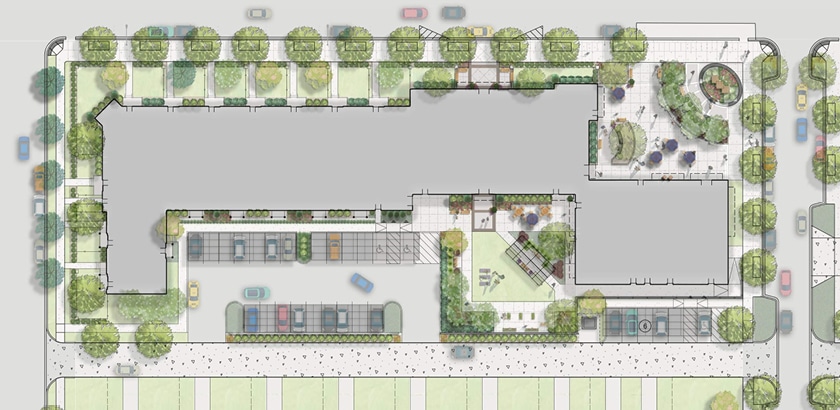
STV is also providing design and management services for Park Heights Redevelopment, a 17-acre complex that includes an affordable housing apartment building, a senior apartment building, and 17 single-family detached houses as part of the first phase. On behalf of the NHP Foundation, a not-for-profit real estate organization dedicated to preserving and creating sustainable, affordable multifamily housing, STV is leading the project’s land development services, civil engineering, entitlements, and landscape design services for this program. When completed, Park Heights will consist of 288 housing units, a large neighborhood park, pocket parks, community garden space and an urban plaza.

The project also features more than $7 million of public infrastructure improvements, including utilities, roads, alleys and stormwater treatment facilities.
Planning for these infrastructure improvements to meet the demands of the new development is always challenging, Palmer said: “The existing public water main bisecting the site is too small to meet the demands of the project. STV developed a water simulation model to project anticipated water flow and pressure under different scenarios to make a recommendation for the size and extent of water main replacement.”
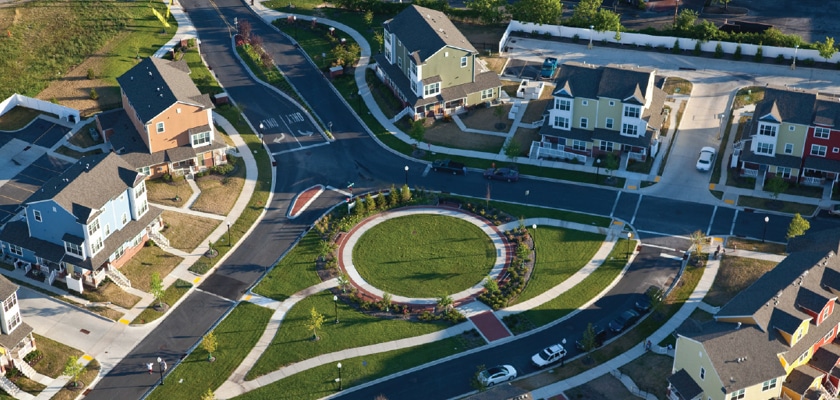
A third affordable housing project the team is currently supporting is for Habitat for Humanity of the Chesapeake, which builds or renovates homes in Baltimore City and Baltimore, Anne Arundel, and Howard counties for low-income families. The homes bring much-needed investment to underserved communities suffering from vacancy and neglect. STV is providing civil engineering and landscape architectural design, erosion and sediment control and permit processing services in support of 27 new affordable townhomes within Orchard Ridge, an existing mixed-income housing complex with more than 450 houses in eastern Baltimore City. The firm is also facilitating the project’s field survey and subdivision plan.
In addition to creating more housing, this program will enhance wheelchair accessibility throughout the community.
“In recent years Habitat for Humanity has concentrated on building more homes in specific areas where it can change the trajectory of the neighborhood,” said Huber-Plano, a longtime volunteer for Habitat Chesapeake.
